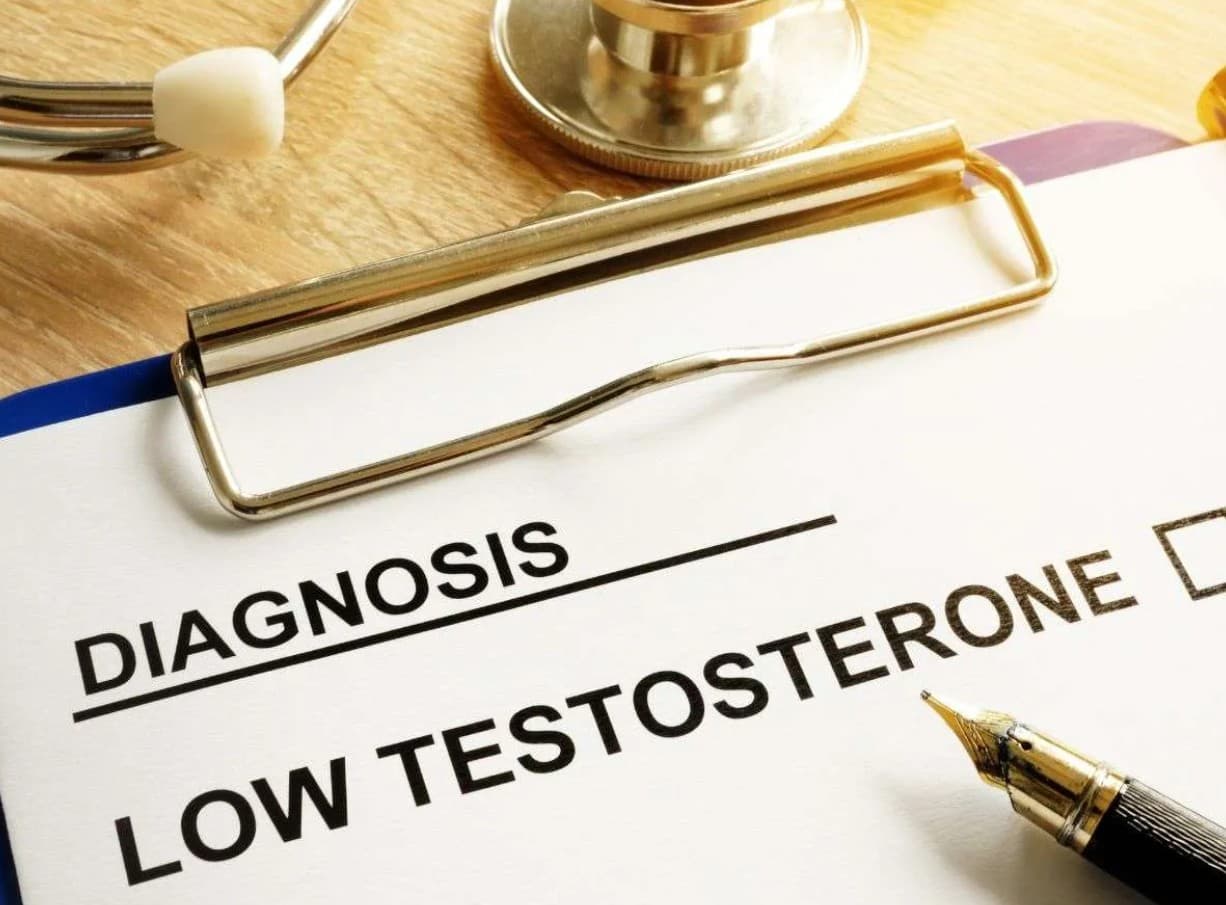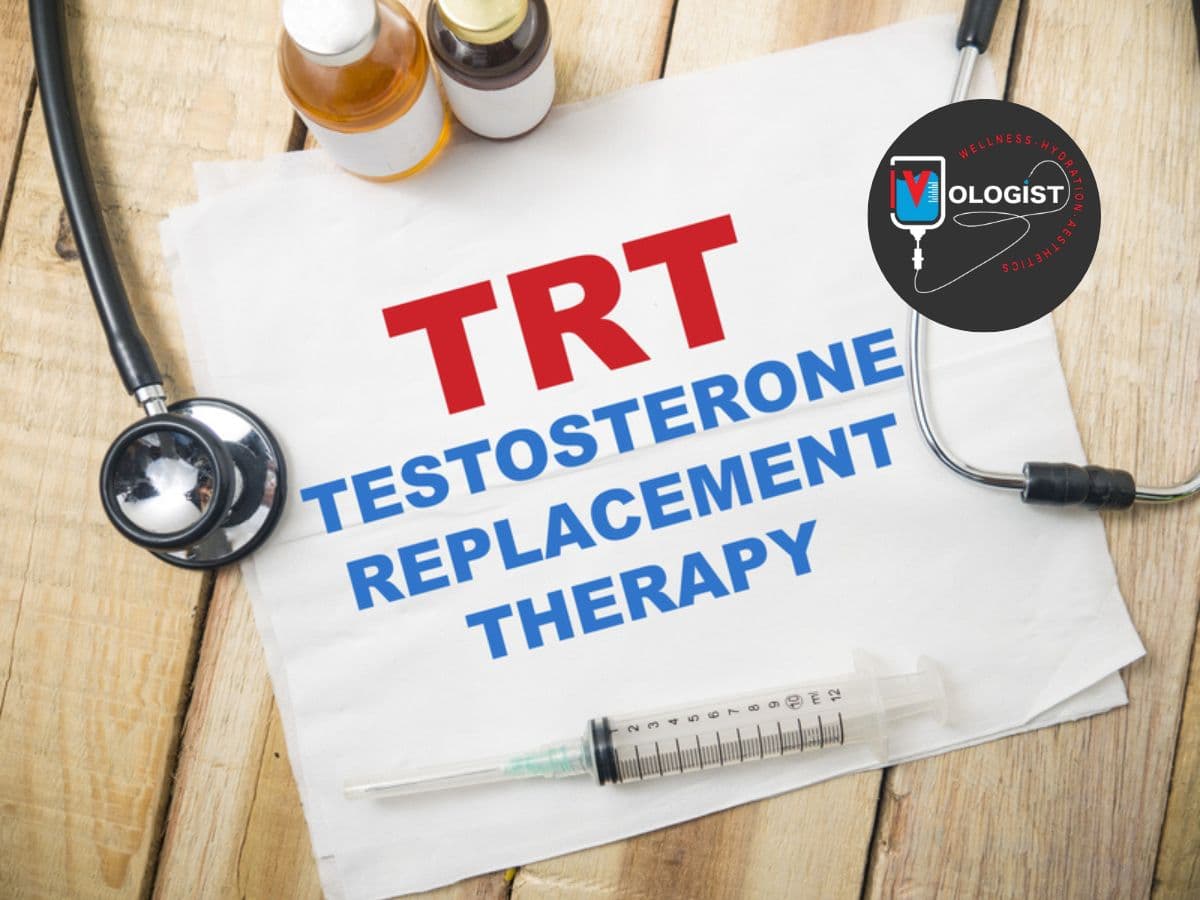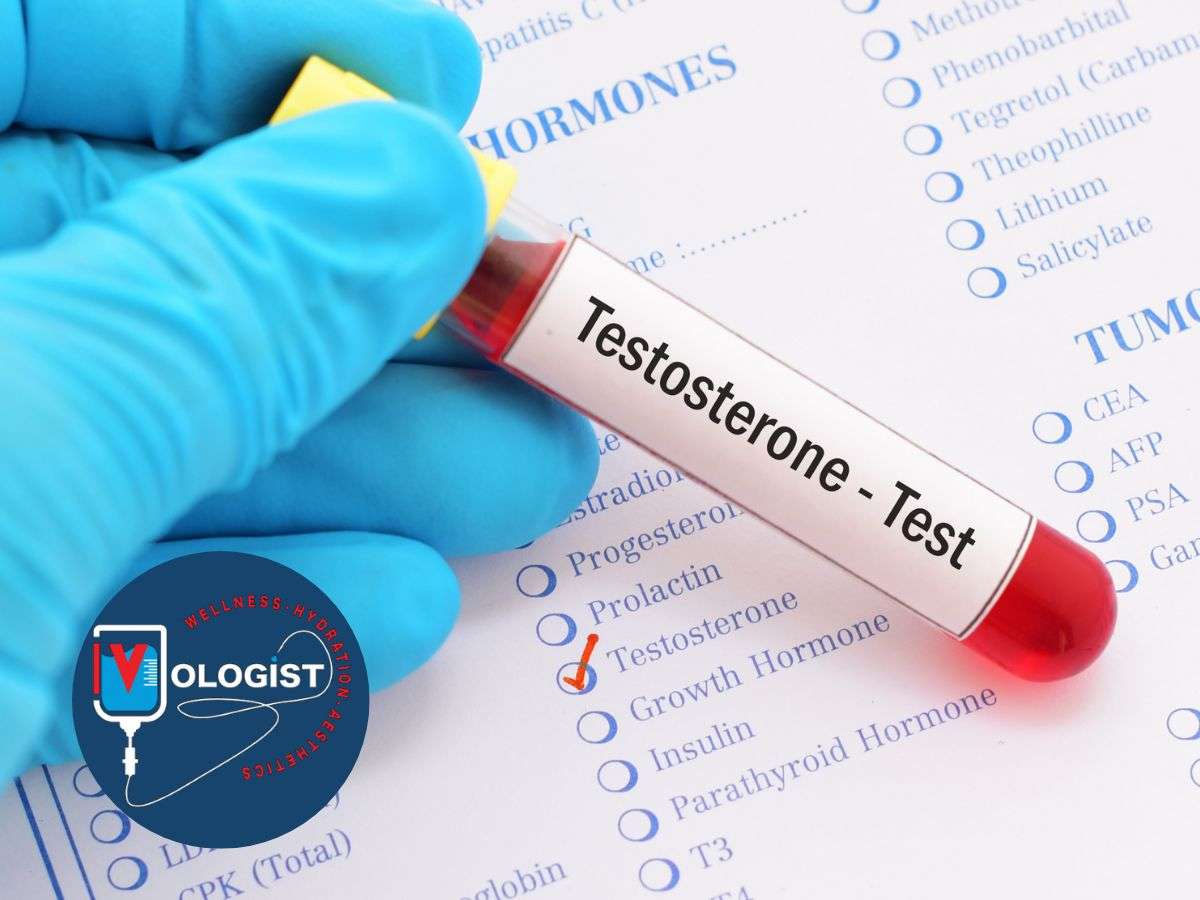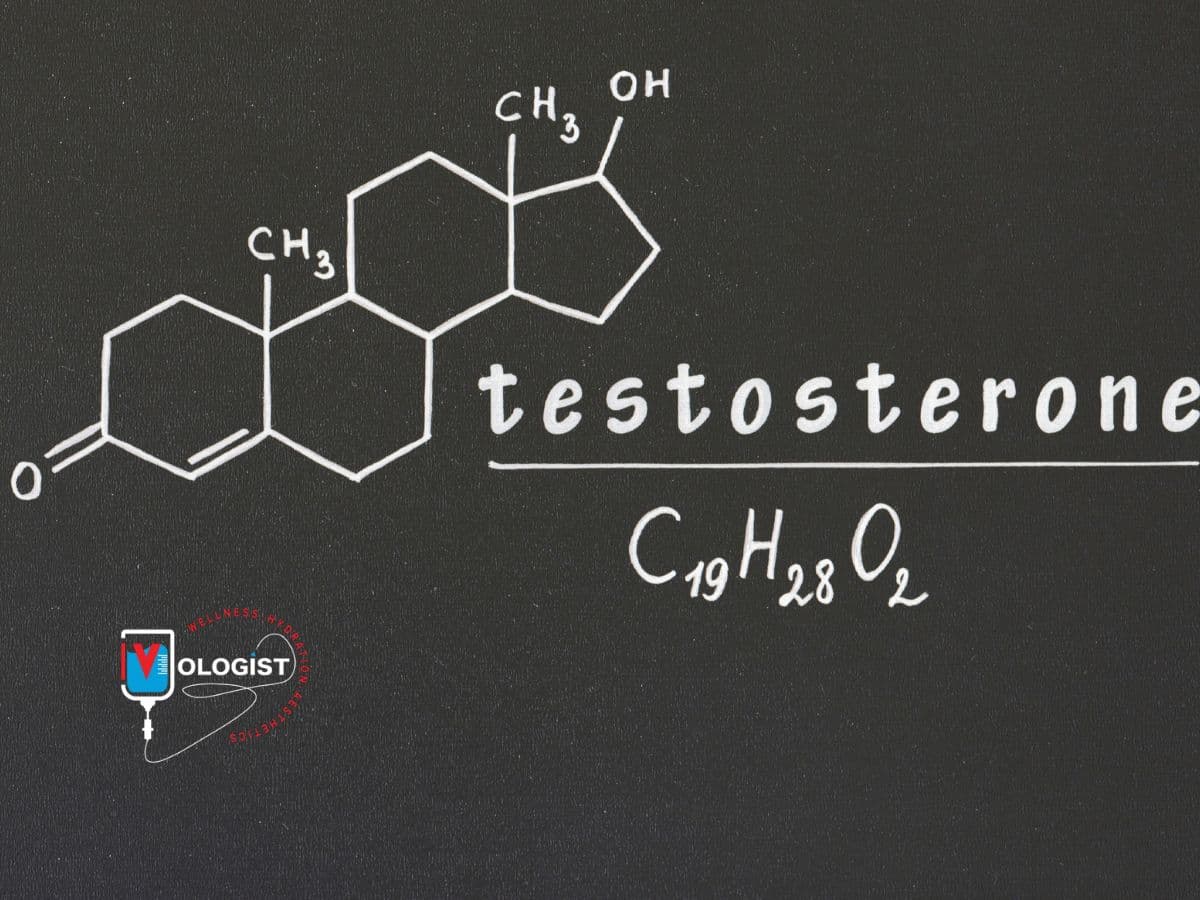What Are GLP-1 Probiotics?

Probiotics have long been celebrated for their role in promoting gut health, but a new wave of targeted probiotics is gaining traction for their potential in weight management. One of the most promising developments is the GLP-1 probiotic. These specially selected probiotics work at the hormonal level to influence appetite control, metabolism, and fat burning, setting them apart from traditional probiotics. But what exactly are GLP-1 probiotics, and how do they work? Let’s break it down.
Understanding the Basics
GLP-1 probiotics are a distinct category of probiotics designed to enhance or mimic the activity of glucagon-like peptide-1 (GLP-1), a hormone naturally produced in the gut. GLP-1 plays a critical role in regulating hunger, signaling fullness to the brain after eating, and promoting efficient glucose metabolism. By stimulating the production or activity of GLP-1, these probiotics can help curb overeating, stabilize blood sugar levels, and support weight loss.
Unlike general probiotics, which aim to balance gut microbiota broadly, GLP-1 probiotics are more focused in their action. Certain strains of beneficial bacteria, like specific Lactobacillus or Bifidobacterium species, have been shown to increase GLP-1 levels in the body. This process underscores the growing interest in probiotics tailored to metabolic health. As obesity rates rise, researchers and consumers alike are intrigued by the potential of GLP-1 probiotics to address weight challenges at their root cause.
- GLP-1 helps regulate appetite by slowing gastric emptying and promoting satiety.
- Increased GLP-1 activity can improve insulin sensitivity and glucose control, reducing the risk of type 2 diabetes.
GLP-1 Probiotic vs. Regular Probiotics
While all probiotics aim to support gut health, GLP-1 probiotics take it a step further by directly targeting metabolic pathways involved in weight management. Regular probiotics focus on improving digestive health, boosting immunity, or addressing specific conditions like IBS. However, GLP-1 probiotics have unique properties that set them apart.
One key difference is their hormonal function. While traditional probiotics may impact gut microbiota composition broadly, GLP-1 probiotics are chosen for their ability to influence GLP-1 production and activity. This means they play a more active role in managing appetite and metabolic health. Additionally, strain selection is critical. Not every probiotic species can effectively stimulate GLP-1, which makes strain specificity a defining feature of products marketed as GLP-1 probiotics.
- GLP-1 probiotics work by influencing gut-brain signaling, which impacts hunger hormones.
- Strain specificity is key, with only certain probiotic strains shown to enhance GLP-1 activity.
Understanding these distinctions highlights why interest in targeted probiotics like the GLP-1 probiotic is rapidly growing. For those exploring new ways to manage weight effectively and holistically, incorporating GLP-1 probiotics into a wellness routine could provide a unique and science-backed edge.



















































































